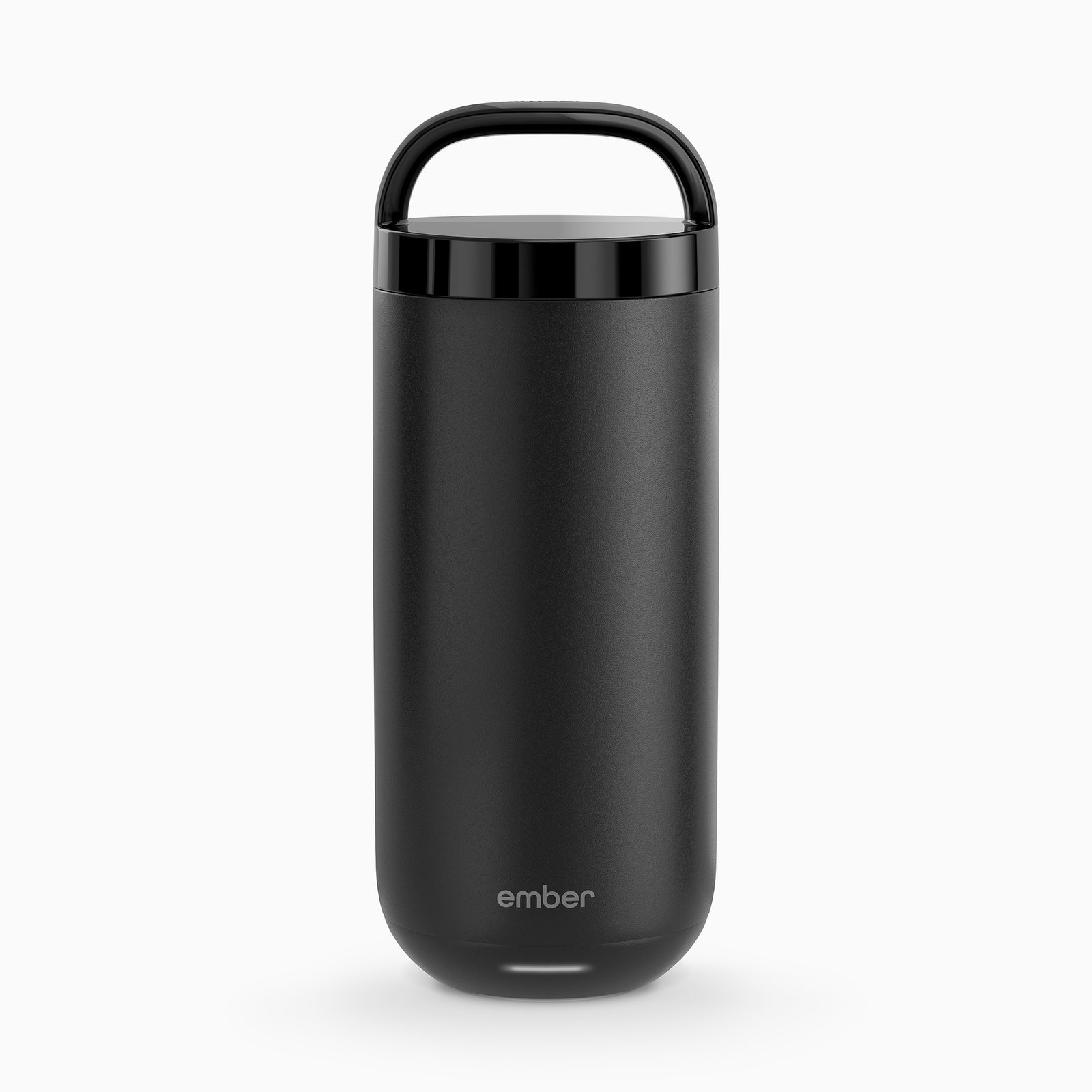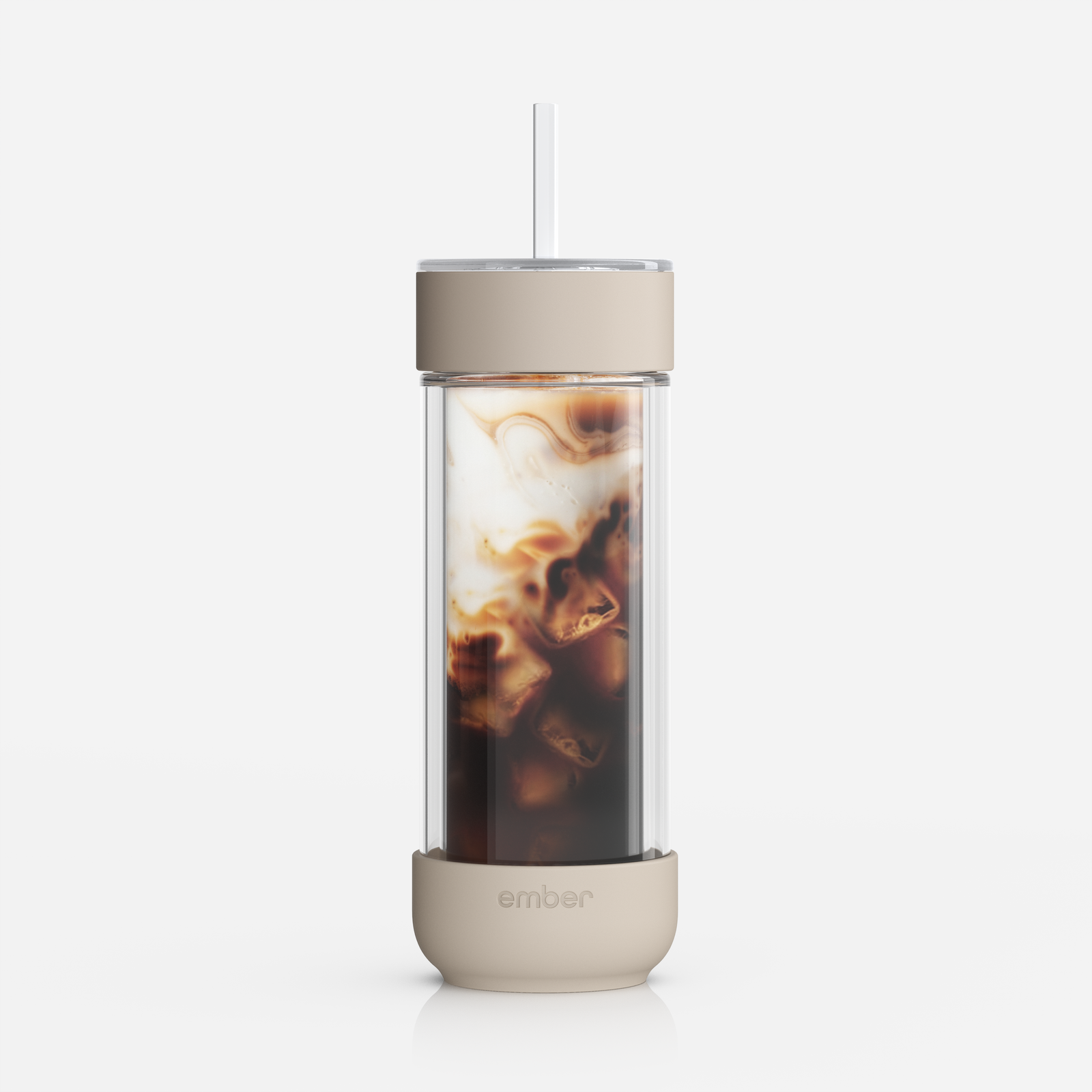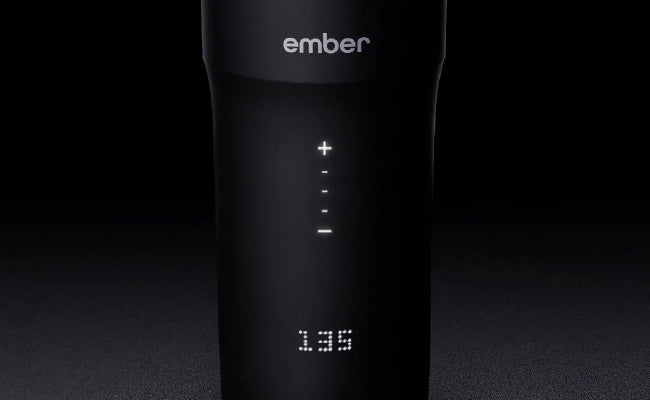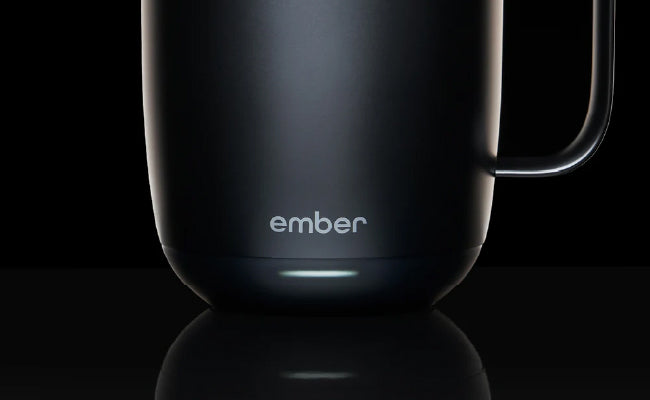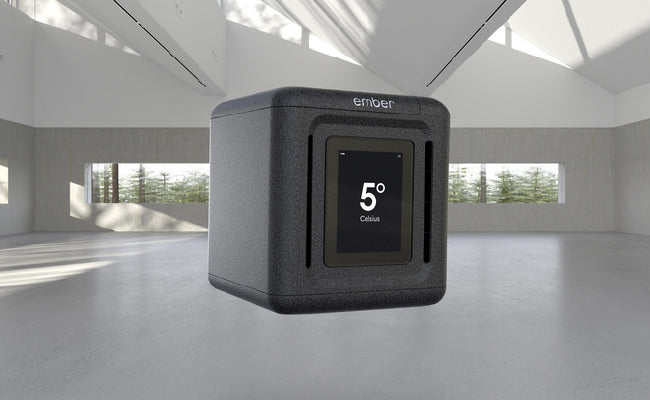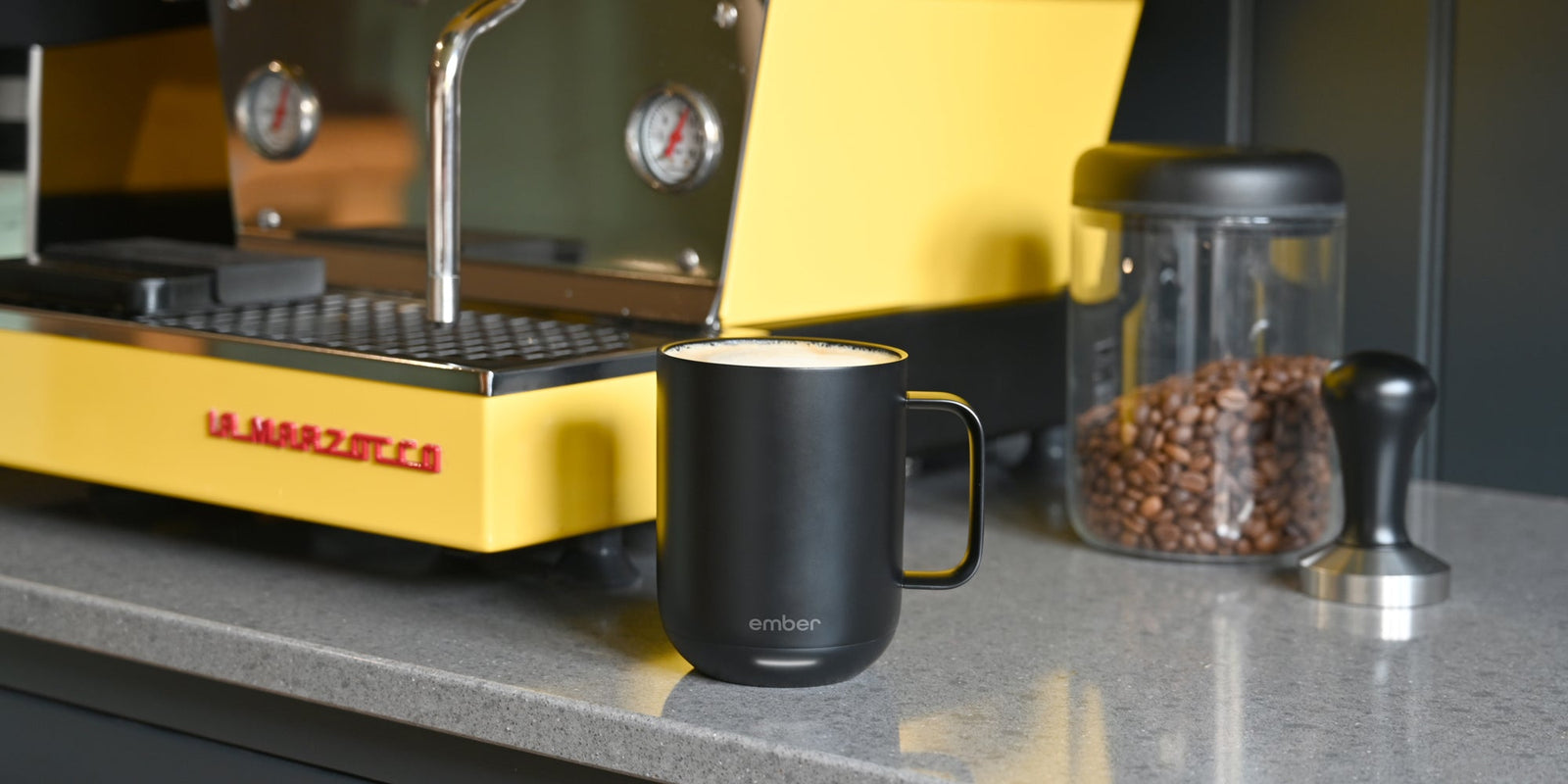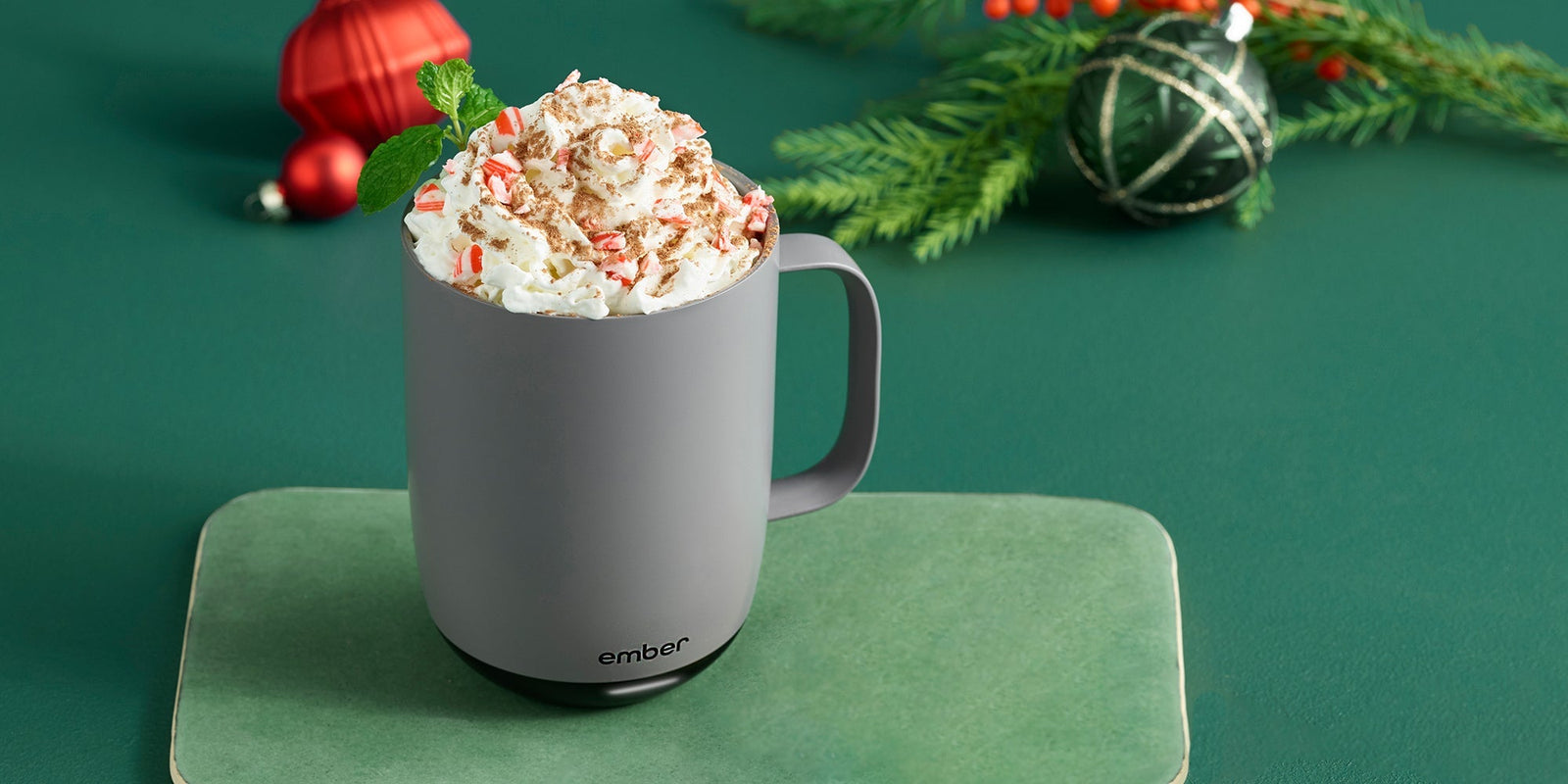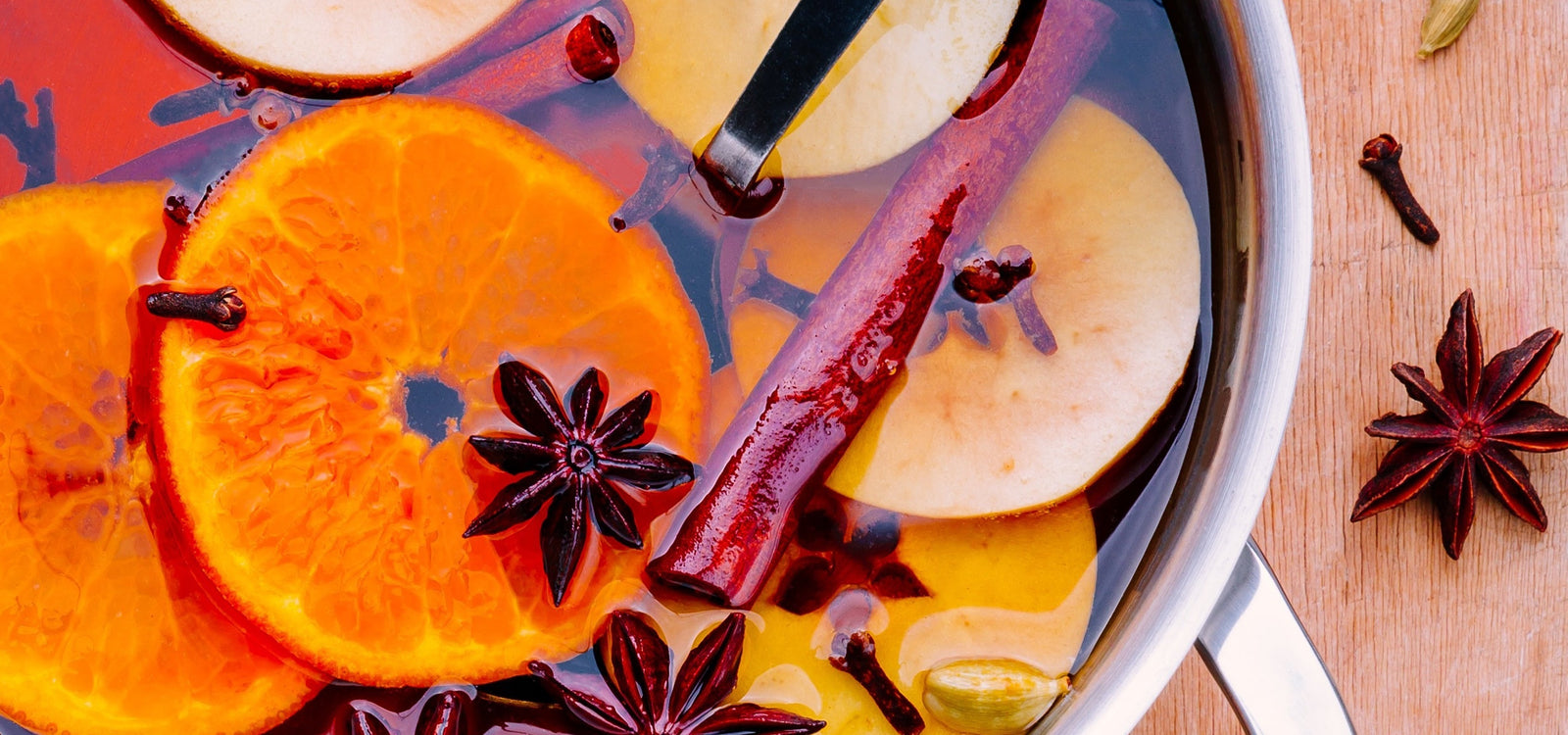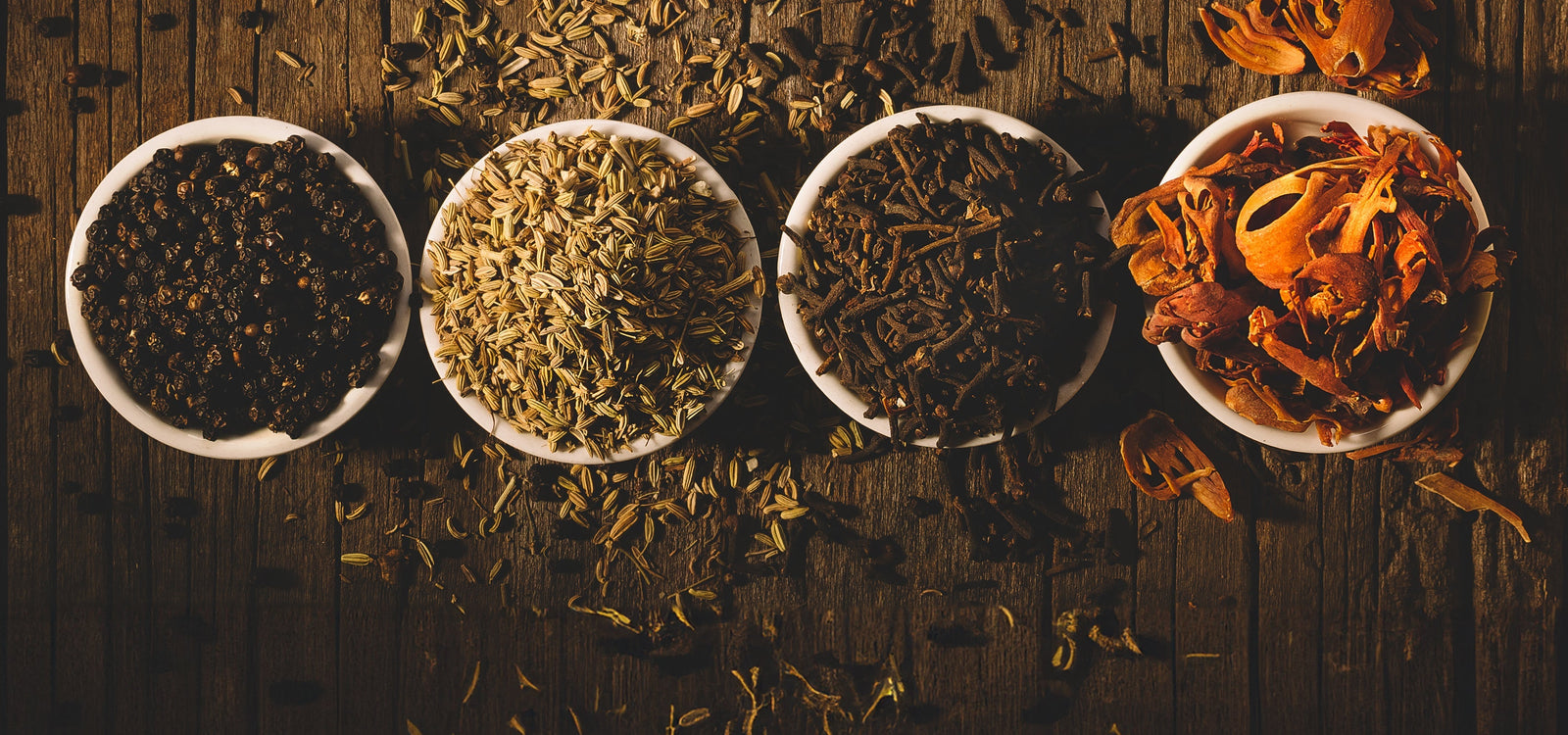A balanced, perfectly extracted espresso at your favorite café is a true delicacy. Personal espresso machines allow you to get close to recreating that magic at home, but you are faced with a huge learning curve when just getting started. Knowing a few basic tricks can simplify that process and get you drinking premium-tasting espresso that much sooner. Here’s what you need to know to start using your espresso machine:
How Does an Espresso Machine Work?
Watch a barista make a shot of espresso, and you’ll notice it is significantly faster than other coffee brewing methods. While you need minutes of dwell time (i.e., the amount of time the coffee is in contact with the hot water) for most brewing methods, espresso machines rely on pressure to extract flavor from the ground coffee, allowing for speedy brew times.
Although espresso machines vary significantly in quality and mechanisms, every machine heats the water. It then directs it through the portafilter – that long-handled little cup where you place your ground coffee. Pressure builds in the portafilter, extracting the coffee and sending a stream of espresso through the portafilter and into your cup.

Dialing In
It’s impossible to talk about brewing espresso without talking about perfecting your grind size – or, as the pros call it, “dialing in.” Before we get to that, you need to know whether you’re using a pressurized or non-pressurized portafilter, as this impacts how exact you’ll need to be when determining your grind size.
Non-pressurized portafilters
The commercial-quality espresso machines in your favorite coffee shops almost always use non-pressurized portafilters. They depend on a properly ground puck of espresso to build pressure.
With a non-pressurized portafilter, you’ll have to get the dose (the amount of espresso) and the grind size just right in order to build the appropriate amount of pressure. A high-quality coffee grinder is key if you want a consistent and fine grind for espresso. Grinders of this caliber often cost upwards of $400. It is a significant investment, but many espresso aficionados view espresso brewing as a hobby and a skill to perfect, so the investment is well worth it.
Pressurized portafilters
Many home espresso machines come with the option to use a pressurized portafilter, also known as a double basket portafilter. They were designed to be used at home, where it’s often difficult to achieve the ultra-fine and consistent grind of commercial coffee grinders. These portafilters have two layers: the interior basket (where you put your ground espresso) and the exterior basket.
With a pressurized portafilter, this process will be significantly less finicky. They depend on the small space between the two baskets to build pressure, which means even if your grind is a bit off, you can still extract your espresso. Less expensive coffee grinders that come in under $100 can do the trick here. You’ll likely need to use the finest grind size and pre-ground coffee that’s ground for home espresso machines, or you can buy pre-ground espresso.
How to Use an Espresso Machine
1. Preheat your espresso machine.
Espresso machines need time to preheat before you can pull a shot. Each machine is different, but this usually takes anywhere from 10-25 minutes.
2. Grind your espresso beans.
If you’re using pre-ground espresso, you’ll skip this step. But if possible, grinding right before brewing will give you the fullest, freshest tasting cup. Measure out about 20g of beans on a digital scale and select your grind size. (Your espresso machine may call for a different amount of coffee, depending on the size of the portafilter basket).
It may take several shots to get your grind size just right. Pressurized portafilters will use a larger grind than non-pressurized ones. In the end, the taste is the ultimate test. If your espresso is bitter, it’s probably over-extracted. Next time, use a larger grind to allow the water to pass through the grounds more quickly. If it’s sour, it’s likely under-extracted and you should opt for a finer grind size next time.
3. Tamp the ground espresso.
Once you’ve got ground espresso in the portafilter, it’s time to tamp it down. A flat, even bed of espresso that is fully settled is your goal, so apply pressure straight down until the espresso no longer compresses.
4. Place your portafilter in the espresso machine and brew!
Espresso machines have different controls, so follow the instructions for your machine to start brewing. If you have a super-automatic machine, you’ll skip the tamping step altogether. With automatic machines, after tamping, you’ll simply press a button to brew your espresso. If you have a semi-automatic machine, you’ll get to control when the espresso stops brewing, allowing you to determine how “short” or “long” the shot is and giving you more control over the flavor.
If all has gone well, you now have a delicious shot of espresso to enjoy on its own or in an espresso-based drink. If it’s still not perfect, don’t worry. Learning to dial in and pull consistently great espresso shots takes time and practice, but you’ll get there! Once you do, be sure to savor every last sip at your preferred drinking temperature in your Ember Mug².


